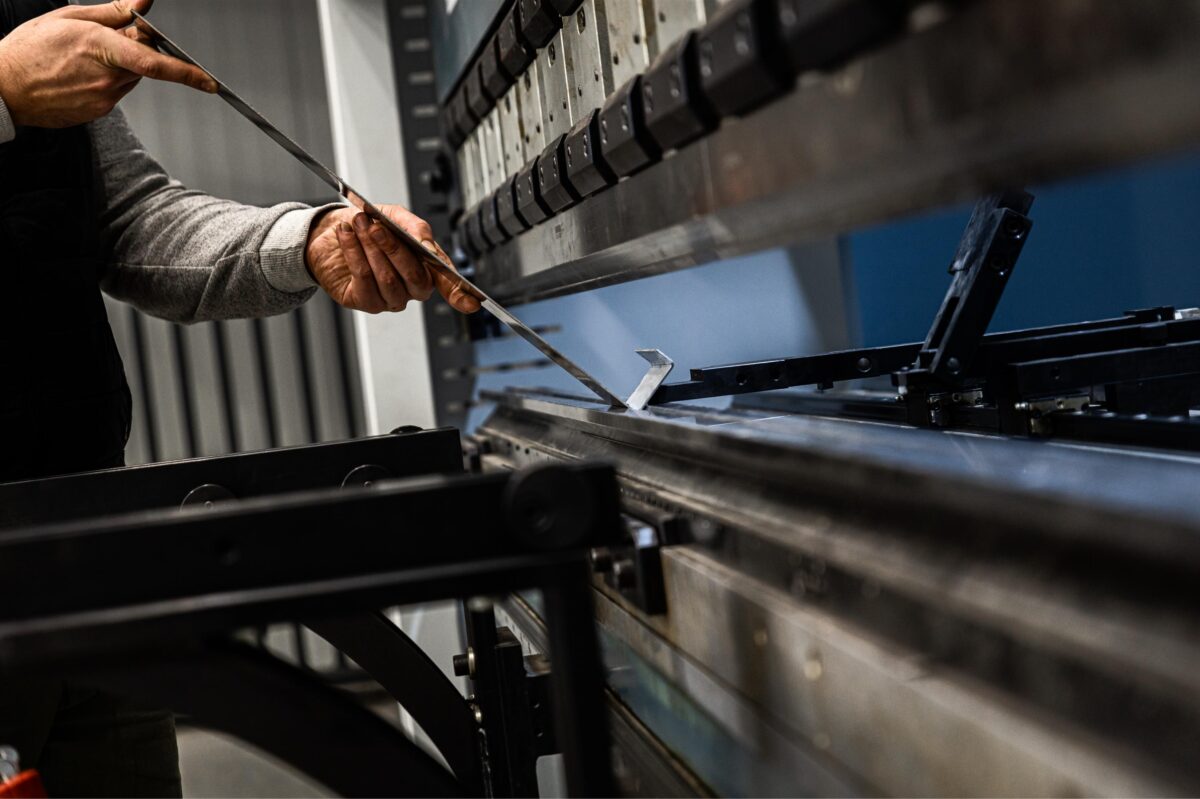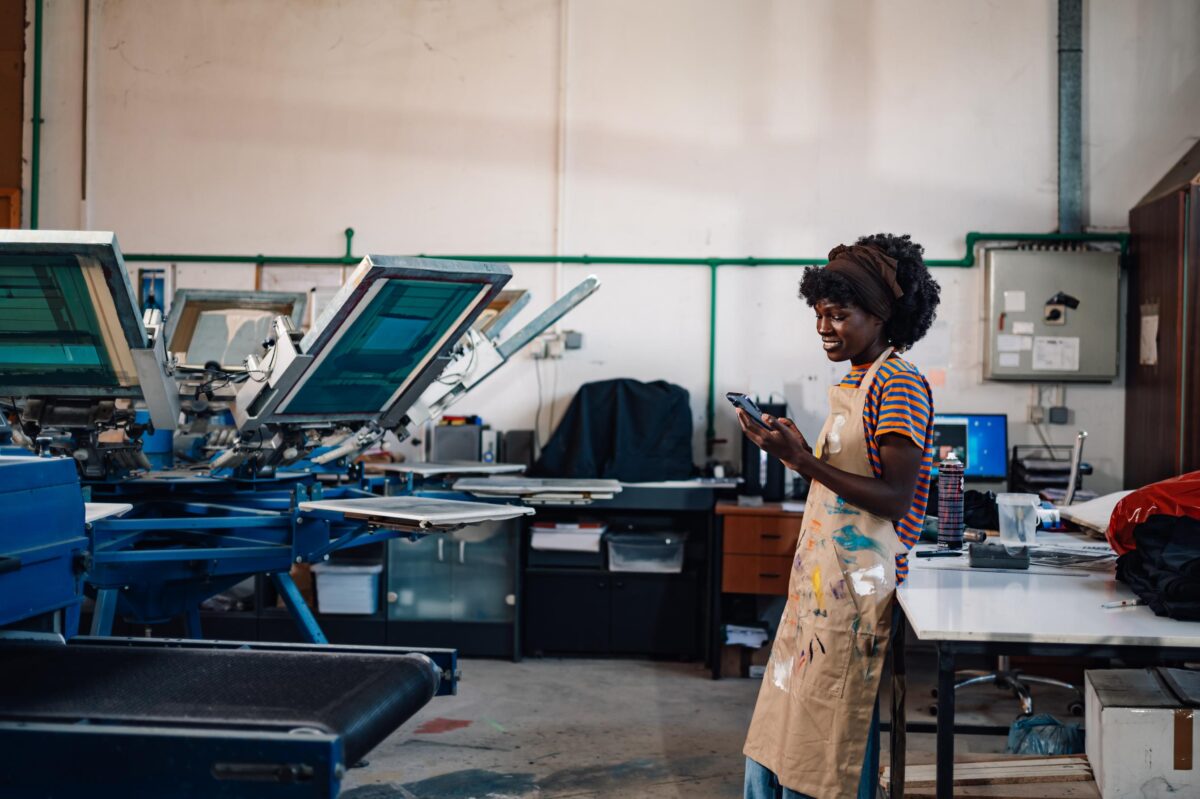This quarterly report is derived from an in-depth analysis of all key events that are happening around the printing industry today. You can catch up on the latest, must-know breakthroughs, major acquisitions & investments, and other events in the printing landscape, covering everything from the growing focus on sustainability to Dantex’s alliance with ACTEGA.
Have you ever considered how quickly printing technology is developing? Examining the most recent advancements in the printing industry reveals that the business is prospering. Here’s a look at how recent developments are changing the print technology environment and why it’s so important for tech experts and company executives to keep up with these developments. From the latest industry events to important partnerships in the field, this quarterly printing industry news brief for January, February, and March 2024 provides a comprehensive snapshot of what is happening in the global printing industry today.
Key Takeaways
- Innovation at the Forefront: Major players like Fujifilm, Scrona, and HP are driving inkjet technology forward with sub-micron inkjet capabilities, 3D printing capabilities, and advanced bulk printing solutions.
- Strategic Partnerships: Collaborations such as Agfa with EFI and Dantex with ACTEGA highlight a strategic shift towards pooling expertise to unlock new possibilities in digital UV inkjet printing.
- Sustainability as a Core Principle: The transition to water-based inkjet presses marks a significant move towards environmental sustainability.
- Revolutionizing Education: The adoption of inkjet presses in educational settings for curriculum material production is transforming content delivery.
- Disruption in Packaging and Labels: Inkjet technology’s foray into packaging and labeling is disrupting traditional practices and spurring growth.
- Merging Printing with Renewable Energy: The development of solar IoT modules using inkjet technology exemplifies the fusion of printing with green technology.
- Navigating Industry Challenges: Despite the enthusiasm for technological advancements, the industry faces challenges like market competition, sustainability, and keeping pace with rapid technological developments.
- The Road Ahead: In the short term, increased production capacity and a competitive market are expected. Mid-term, the adoption of green solutions will likely become a significant differentiator.
How We Researched and Where this Data is from
This article is fueled by insights from the StartUs Insights Discovery Platform, a comprehensive resource tracking more than 3.7 million startups and scaleups globally. Our platform monitors over 20,000 technology trends, covering 100K feeds across various industries.
For this piece, we’ve leveraged the platform to analyze 1000 of the most recent and impactful news evolving around the printing industry. Further, our platform allows you to dig deeper into printing technologies and investigate other topics based on your preferences. Interested in exploring the latest news, developments, innovations, and breakthroughs relevant to your business? Book a demo with us today and discover the full potential of our platform for your strategic needs.
What’s Currently Happening in the Printing Industry?
Cutting-Edge Technology of Inkjets Takes Center Stage
There has been a notable shift in the inkjet technology landscape. Companies like Fujifilm, Scrona, and Avantama are pushing the envelope with their sub-micron inkjet capabilities and 3D printing capabilities. The latest bulk printing solution from HP for its Thermal Inkjet series and new products from Epson in its WorkForce Pro lineup both demonstrate the industry’s unwavering commitment to innovation. Akita Epson’s recently finished inkjet printhead plant, on the other hand, is a calculated step to increase production capacity. This indicates a strong response to the growing demand for advanced printing solutions.
Partnerships Strategic Make Ways for Change
The modern form of competition is collaboration. Agfa’s strategic cooperation with EFI and Dantex’s alliance with ACTEGA on digital UV inkjet printing are revolutionary actions. They have the potential to completely alter digital printing. These collaborations aim to unleash new possibilities in the printing industry by pooling expertise and sharing resources.
The Green Revolution in Printing
Sustainability is becoming a commercial necessity rather than just a trendy term. The industry’s shift to water-based inkjet presses demonstrates a shared dedication to environmental care. This change is about more than just following the rules; it’s about being at the forefront of the green economy and establishing the standard for other industries to follow.
Inkjet Innovation is Welcomed in Education
The installation of inkjet presses by K–12 and higher education institutions to create curriculum materials is quietly revolutionizing the field of education. This development portends a more significant change in the way content is produced. Moreover, this provides a window into a day when education will be easier to access and more flexible to keep up with the quick advancements in technology.
Packaging and Labels: Disruption and Growth
The introduction of inkjet technology into labels and packaging is revolutionary; it has the power to upend established practices and spur expansion in these industries. Additionally, there may be a big impact on consumer electronics, given that developments like inkjet printing on microLEDs have the potential to completely transform display technologies.
The Coming Together of Renewable Energy and Printing
The introduction of solar IoT modules manufactured using inkjet technology is a prime example of how printing and renewable energy technology are merging. This invention clearly shows how the industry is moving in the direction of fusing cutting-edge technology with environmentally friendly methods.
Suggestions for Managing the Shift’s Waters
The lesson is obvious for innovation managers and company executives: investing in cutting-edge inkjet technology is essential to maintaining competitiveness. Sustainable printing solutions allow firms to prepare for the future in addition to being environmentally conscious. To remain ahead of the curve and spot new opportunities, it’s imperative to monitor developing technologies like 3D printing and photonic films.
Positive attitudes have been generated by the introduction of new technologies and partnerships. Yet, the industry must also navigate the undercurrents of market competition and the unwavering desire for innovation. There are many obstacles to overcome, such as keeping up with technology developments, encouraging sustainability, and informing consumers about the advantages of these new tools.
The Future Ahead
Businesses should anticipate increased production capacity and a more competitive market environment in the near future. In the mid-term, adopting green solutions will probably become a big differentiator for businesses. In the long-term, the incorporation of cutting-edge technology, like solar IoT modules and quantum dots, has the potential to completely reshape the printing sector.
It is clear that a revolution in the printing business is imminent as we wrap up our study based on the most recent quarterly developments. Being knowledgeable and adaptable is not simply a strategy for individuals and companies in this fast-paced industry; it’s a need to survive in a market that is always changing.



